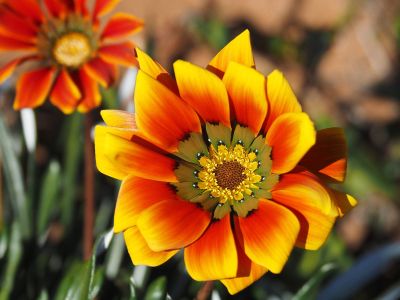What are Double Blooms?
You likely know double flowers when you see them, but what exactly is the definition of this phenomenon or bloom type? A single flower has a certain number of petals, although this number can vary by species. For example, the American Rose Society defines a single rose as having just four to eight petals per flower. Double flowering plants have some multiple of the number of petals on a single bloom. A double rose has 17 to 25 petals. There are also semi-doubles, flowers with a number of petals somewhere between single and double. Some gardeners and horticulturists label some varieties as full or very full, with even more petals than a double flower.
What Causes Double Blooms?
Flowers with extra petals are mutants. Wild-type flowers are singles. A mutation in the genes of these can lead to double blooms. In terms of typical evolution, this mutation does not give a plant an advantage. The extra petals develop from the reproductive organs, so double blooms are typically sterile. They can’t reproduce. Since they don’t have pollen, double flowering plants tend to stay open longer than single flowers. It is as if they are waiting for pollinators that just aren’t coming. The showiness of the double petals, plus the longer bloom time, has made these mutants desirable for us in the garden. We have kept them going by cultivating them specifically for these petal traits. In this sense, the mutation does have an evolutionary advantage. Double blooms are attractive and last longer, however, keep in mind that they won’t feed your local bees and other pollinators.
